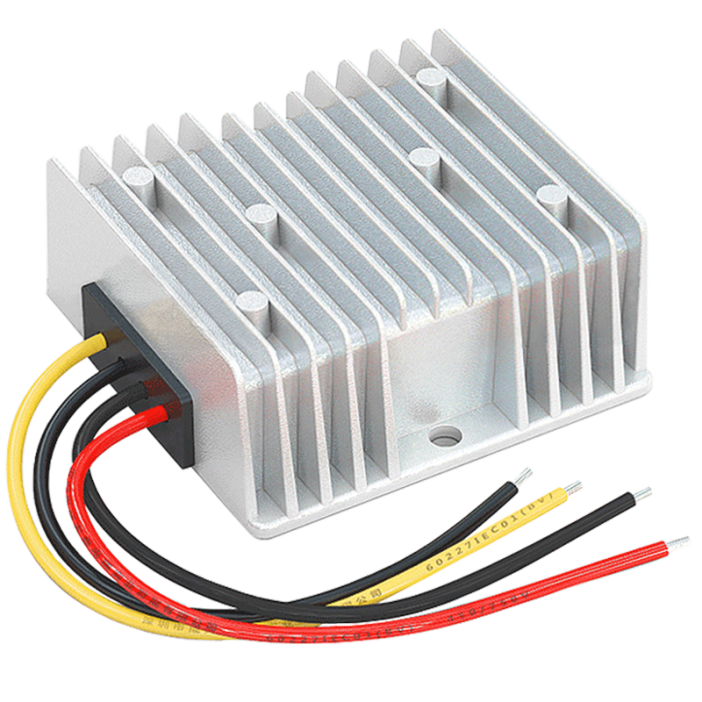Most DC-DC converters are designed for unidirectional conversion, and the power can only flow from the input side to the output side. However, the topology of all switching voltage converters can be changed to bidirectional conversion, which can allow power to flow back from the output side to the input side. The way is to change all diodes to independently controlled active rectification. The bidirectional converter can be used in vehicles and other products that require regenerative braking. When the vehicle is running, the converter will supply power to the wheels, but when braking, the wheels will supply power to the converter in turn.
Switching converter is more complex from the perspective of electronics. However, because many circuits are packaged in integrated circuits, fewer parts are required. In circuit design, In order to reduce the switching noise (EMI / RFI) to the allowable range and make the high-frequency circuit operate stably, it is necessary to carefully design the circuit and the layout of actual circuits and components. If in the application of step-down, the cost of switching converter is higher than that of linear converter. However, with the progress of chip design, the cost of switching converter is gradually decreasing.
DC-DC converter is a device that receives DC input voltage and provides DC output voltage. The output voltage can be greater than the input voltage and vice versa. These are used to match the load to the power supply. The simple DC-DC converter circuit consists of a switch that controls the load to connect and disconnect the power supply.
At present, DC converters are widely used in power conversion systems of electric vehicles, electric cleaning vehicles, electric motorcycles and other electric vehicles. They are also widely used in mobile phones, MP3, digital cameras, portable media players and other products.
Post time: Dec-31-2021

